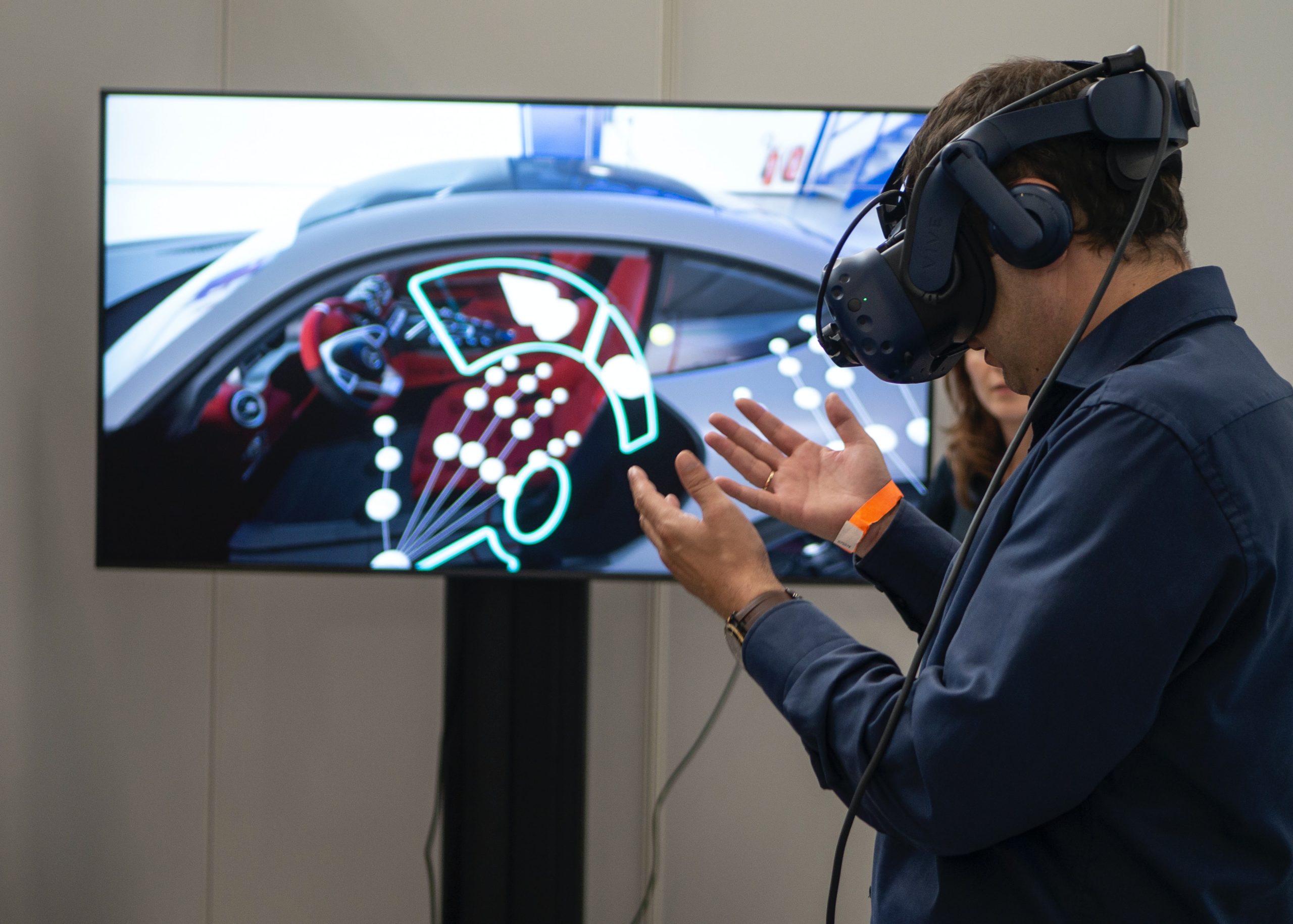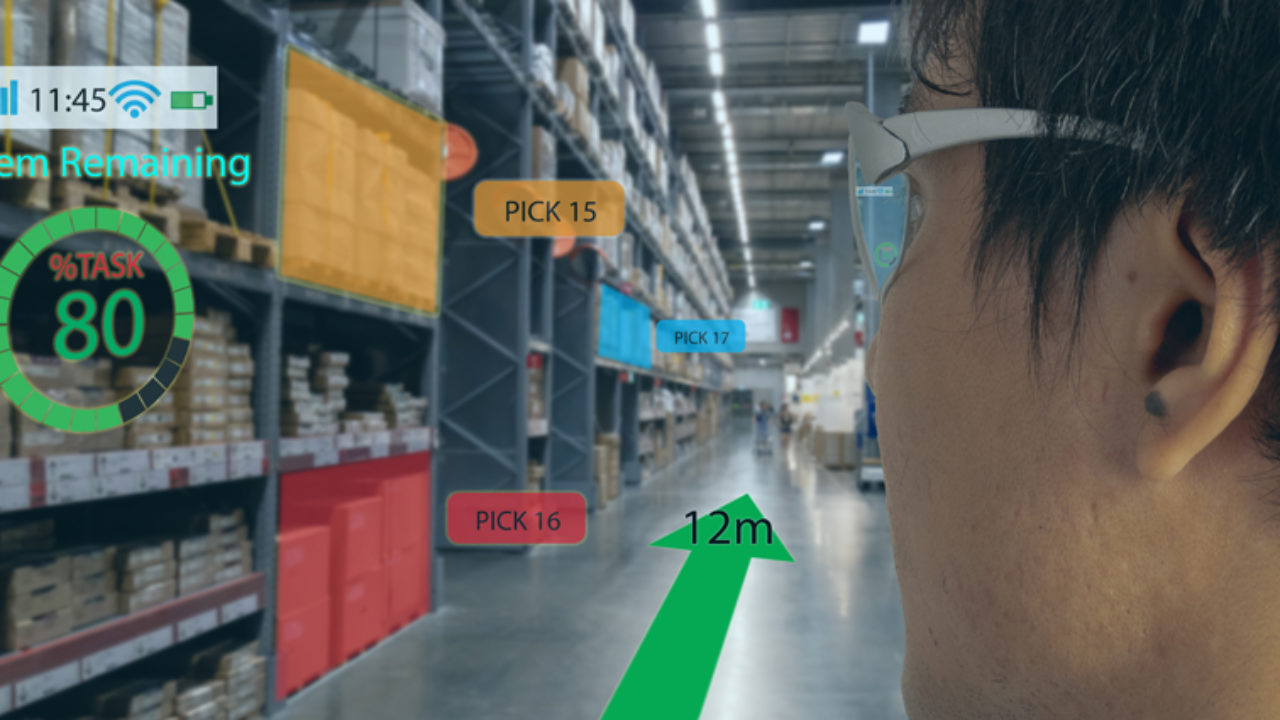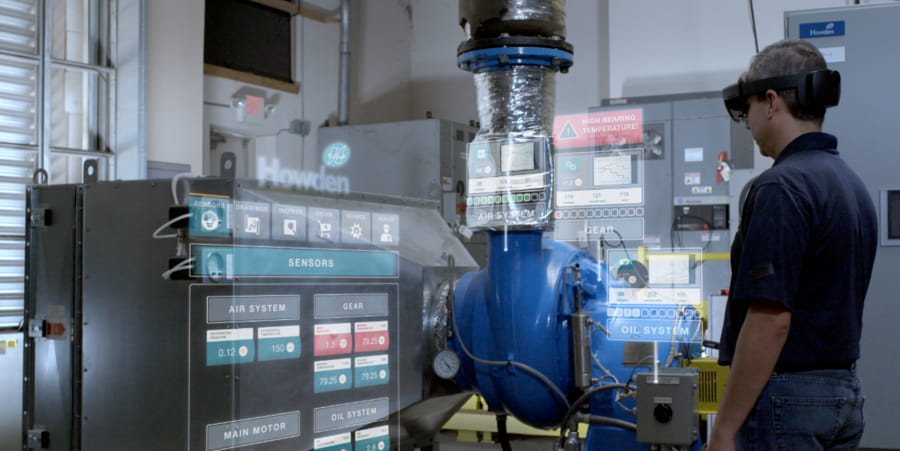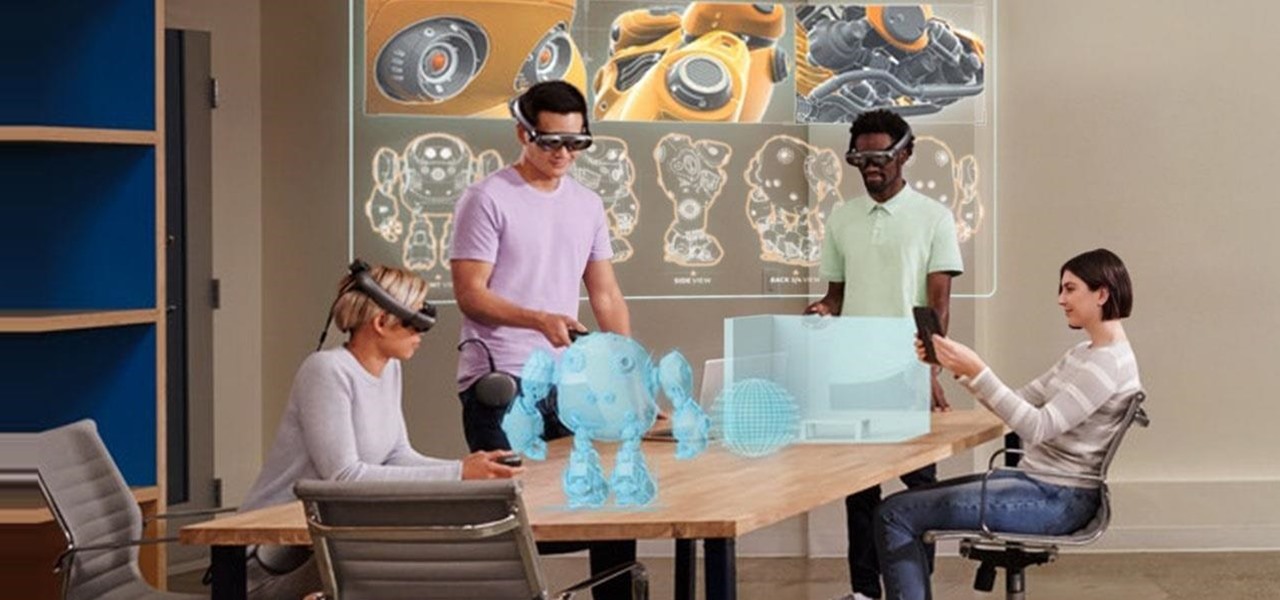If you won’t go to the Metaverse, the Metaverse will come to you
“Every ten or 15 years, there’s an impactful shift in the way people use and interact with technology and data,” said Allan Cook, Deloitte Consulting Managing Director, two years ago, “mixed reality is going to be the fourth shift (i.e. after the PC, the internet, and the mobile revolution), and it will be as big as each one of those earlier shifts.”

Meta’s announcement focused attention on immersive technologies. Source: The Verge.
Not more than 12 months later, Facebook’s founder Mark Zuckerberg announces one of the major corporate rebrands of recent years. Since October 2021, his social networks empire is now grouped under the brand Meta and aims to build the next generation of the internet (web 3.0), a symbiotic blend of the digital infosphere and the physical world. They call it “the Metaverse”.
Beyond the ambiguities of its radical shift, Meta’s move generated an unprecedented hype around the concept of virtual worlds and the technologies that are supposed to enable their fruition in a nearby future. Firsts on the list Augmented Reality (AR), Virtual Reality (VR) and everything in between.
In Layman’s terms, VR consists of placing a screen in front of our eyes that streams a simulated perspective (a view) of a virtual environment, to give the illusion of being inside such a virtual world. In AR instead, the digital content is overlayed (added) to our view of the real world, whether through displaying it on the screen of a smart device (e.g. a smartphone) or through reflective lenses (smart glasses). Placing them side by side, the main difference between VR and AR is that the former precludes the visual perception of the reality, providing an experience of total visual immersion, while the latter adds visual content to our natural perspective, augmenting our visual experience.

VR completely immerses the user in a virtual world. Source: XR Expo.

AR adds information to our natural view, “augmenting” our perception. Source: XR Today.
You might have tried AR or VR in exhibition pavilions, or at a techy friend’s house. Perhaps after watching Ready Player One, you have been so intrigued to download a VR app on your smartphone hoping, in vain, to have a similar amount of fun. But what Cook was referring to and what Meta anticipated goes far beyond the available applications. Much of their potential is still to be envisioned and a widespread adoption is still held back by certain barriers, such as hardware ergonomics, battery life and connectivity speed. However, cutting-edge innovations like Internet of Things, 5G, and a growing mobile computing capacity promise to address those limits and allow unprecedented ways of interaction with data, devices, and people.
Since the dawn of the computing era, our relationship with data passed through a bi-dimensional sheet of glass (or perforated paper for those who have a higher mileage), whereas the real world where we put those data to use is unarguably at least three-dimensional. As a Harvard publication pointed out[1], this gap between the digital and real-world represents a bottleneck for taking advantage of the rising torrent of data produced by an always more smart and connected world. By superimposing digital information directly on the real environment, AR allows processing the physical and digital simultaneously, eliminating the need to mentally link the two. By giving digital content a tridimensionality, VR allows us to experience it in a more natural and intuitive way that matches our instincts of interaction with reality. These capabilities will enable us to absorb information, make decisions and execute tasks more quickly and efficiently.

The combination of immersive tools and connected devices will change the way we interact with things. Source: PTC.
The future of digital interaction won’t be limited to your next washing machine, but industrial machinery, Artificial Intelligence, complex databases and potentially all digital-rich applications that make AR and VR promising tools for a broad range of work applications. A lack of real uses was perhaps one of the main causes of the clamorous, now almost ten-years-old, Google Glasses failure, when the tech giant tried broad commercialization of AR without providing solid use cases in real work or life situations. At the Institute for Manufacturing of the University of Cambridge, in the Center for Technology Management – among other fascinating topics – we are also studying the implementation of AR and VR into companies’ practices, in particular for strategic planning purposes.
Tech companies must deal with a high level of uncertainty and complexity when deciding, for instance, where to invest in the upcoming year, which features to provide in the next product or “simply” envisioning the future. The continuously reshaping industry landscape forces managers to constantly adapt strategies in order to address the threats posed by emerging technologies and seize the opportunities brought by them. Having a new, performative way of accessing, managing, communicating and (literally) handling information and insights of growing volume and complexity will be fundamental to navigating future uncertainties. Tools like AR or VR are potential enablers of such capacities and therefore might play a role in companies’ daily activities.

Companies will benefit from a more immersive way of visualizing data, testing products and communicating with colleagues. Source: Magic Leap.
Far from being a proven law, Cook’s words envisioned a radical change that will revolutionize our life. You might be (with reasons) a metaverse skeptic, or a fan of old-fashioned ways, but AR and VR applications are already being implemented by major players (e.g. Xerox, US Navy, Boeing) along their value chain and their number will inevitably increase along with the progress of the technology. Relatively soon in your office, in your factory, or at home, you might see people gesturing in the air, wearing strange glasses, hitting the furniture while talking to no one. Don’t panic, they might be just surfing the Metaverse.


Add a Comment